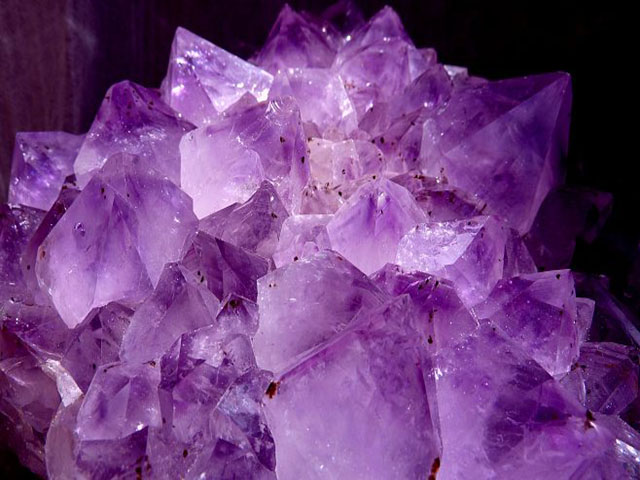Gemstones have been a part of Canadian history for centuries, with the country’s diverse geology providing a wide range of minerals and precious stones. From diamonds and sapphires to amethysts and jade, Canada is home to a variety of gemstones that are mined and cut both locally and internationally. In this blog post, we will explore the different types of gemstones produced in Canada, the regions where they are found, and the trends and challenges facing the Canadian gemstone industry.
Types of gemstones produced in Canada
Canada is known for producing a diverse range of gemstones, including diamonds, sapphires, rubies, emeralds, and amethysts, among others. Here is a closer look at some of the most well-known gemstones that are mined or cut in Canada:
- Diamonds: Canada is one of the world’s leading producers of diamonds, with the majority coming from mines in the Northwest Territories. Canadian diamonds are known for their high quality and clarity, and are often used in engagement rings and other fine jewelry.
- Sapphires: Sapphires are found in various parts of Canada, including Quebec, Ontario, and British Columbia. These gemstones come in a range of colors, including blue, pink, yellow, and green, and are used in a variety of jewelry pieces.
- Rubies: While rubies are not typically found in Canada, the country is home to a number of ruby cutting and polishing facilities that import rough rubies from other countries and transform them into finished gemstones.
- Emeralds: Emeralds are a rare type of gemstone that are found in small quantities in certain parts of Canada, including Quebec and British Columbia. These gemstones are known for their bright green color and are often used in high-end jewelry.
- Amethysts: Amethysts are a type of quartz that is found in many parts of Canada, including Quebec and Ontario. These gemstones are known for their deep purple color and are often used in rings, pendants, and other types of jewelry.
Major gemstone-producing regions in Canada
Gemstones are found in various parts of Canada, with the most well-known gemstone-producing regions being the Northwest Territories, Quebec, and British Columbia. Here is a closer look at each of these regions:
- Northwest Territories: The Northwest Territories are home to the majority of Canada’s diamond mines, with the most well-known being the Diavik Diamond Mine and the Ekati Diamond Mine. These mines produce high-quality diamonds that are exported all over the world.
- Quebec: Quebec is known for its production of a variety of gemstones, including diamonds, sapphires, emeralds, and amethysts. The region is home to a number of mines and cutting and polishing facilities, and is a major contributor to the Canadian gemstone industry.
- British Columbia: British Columbia is known for its production of jade, a hard, green gemstone that is used in jewelry and other decorative items. The region is also home to a number of mines and cutting and polishing facilities that produce a range of other gemstones, including sapphires and emeralds.
Canadian gemstone industry trends and challenges
The gemstone industry in Canada is facing a number of challenges and trends that are shaping the future of the sector. One major challenge is the environmental impact of mining and cutting gemstones, which can have negative impacts on local ecosystems and communities. To address this issue, many companies in the gemstone industry are implementing sustainable practices and engaging in partnerships with local communities to minimize their environmental footprint.
Another trend in the gemstone industry is the increasing use of technology in the mining, cutting, and polishing process. Advanced technologies such as laser cutting and computer-aided design (CAD) are being used to improve efficiency and precision, resulting in higher-quality gemstones.
One final trend in the Canadian gemstone industry is the increasing demand for ethically-sourced and socially-responsible gemstones. Consumers are becoming more aware of the impact of their purchasing decisions and are looking for gemstones that are produced in an environmentally and socially responsible manner. This trend has led to the development of certifications such as the Kimberley Process, which aims to ensure that diamonds are not used to finance conflict.
Conclusion
Canada is home to a diverse range of gemstones, including diamonds, sapphires, rubies, emeralds, and amethysts. These gemstones are found in various parts of the country, with the Northwest Territories, Quebec, and British Columbia being the major gemstone-producing regions. The gemstone industry in Canada is facing a number of challenges and trends, including the need to minimize environmental impacts, the increasing use of technology, and the demand for ethically-sourced gemstones. Despite these challenges, the gemstone industry in Canada remains an important contributor to the country’s economy and has the potential for continued growth in the future.



